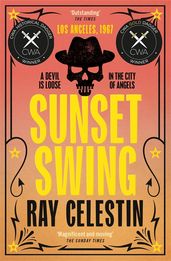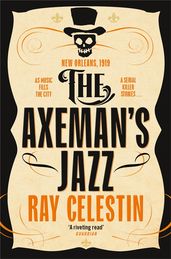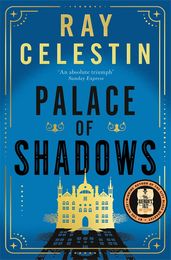Synopsis
*Shortlisted for the CWA Gold Dagger for Best Crime Novel of 2017*
Chicago, 1928. In the stifling summer heat three disturbing events take place. A clique of city leaders is poisoned in a fancy hotel. A white gangster is found mutilated in an alleyway in the Black Belt. And a famous heiress vanishes without a trace.
Pinkerton detectives Michael Talbot and Ida Davis are hired to find the missing heiress by the girl’s troubled mother. But it proves harder than expected to find a face that is known across the city, and Ida must elicit the help of her friend Louis Armstrong.
While the police take little interest in the Black Belt murder, crime scene photographer Jacob Russo can’t get the dead man’s image out of his head, and so he embarks on his own investigation.
And Dante Sanfelippo – rum-runner and fixer – is back in Chicago on the orders of Al Capone, who suspects there’s a traitor in the ranks and wants Dante to investigate. But Dante is struggling with problems of his own as he is forced to return to the city he thought he’d never see again . . .
As the three parties edge closer to the truth, their paths cross and their lives are threatened. But will any of them find the answers they need in the capital of blues, booze and corruption?
Dead Man’s Blues is the gripping second installment in Ray Celestin's prize-winning City Blues quartet. It is followed by the third book in the series, The Mobster's Lament.
Details
Reviews
A magnificent crime novel, at least as good as his stunning 2014 debut . . . His portrait of an edgy, sexy, corrupt, dangerous, deeply racially prejudiced city, where savage violence cohabited with exciting music, is totally absorbing
Celestin certainly doesn’t short change us on plot as his book centres on investigations into the disappearance of a celebrity heiress, the brutal murder (complete with gouged-out eyes) of a gangster and an attempt to poison a group of pro-Capone city dignitaries. But he also packs in enough details about the people, buildings, musicians and criminals of Prohibition-era Chicago to fill a fair-sized history book. He writes so vividly that at times I was convinced I could see 1920s Chicago in front of me and, even more impressively, he writes so well about music that I could virtually hear it. His first book was one of the best crime novels of its year and this sequel is even better. VERDICT: 5/5
This is the sequel to the prize-winning The Axeman’s Jazz . . . Under the constant threat of bloodshed, the three stories gradually weave together into an intriguing portrait of a time and a place . . . the historical detail is captivating . . . The young Louis Armstrong turns up, and his powerful, searching, explosive jazz pulses through the pages, a soundtrack to Ida’s increasingly dangerous investigation
Celestin’s promise of two further instalments of this lively, jazz-based series can only be cause for celebration




